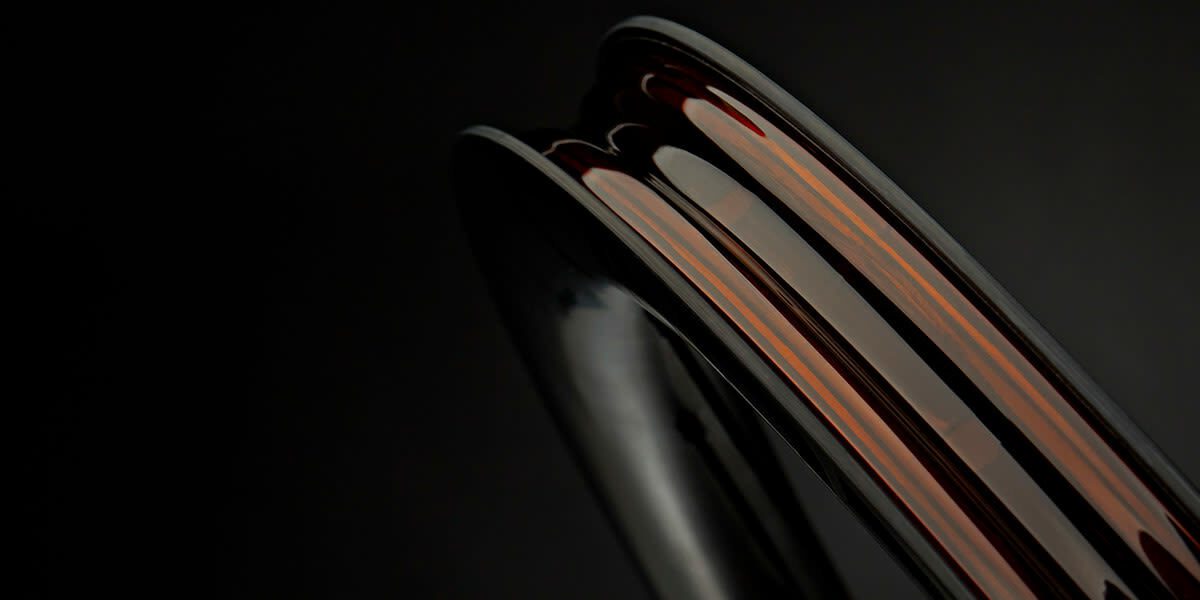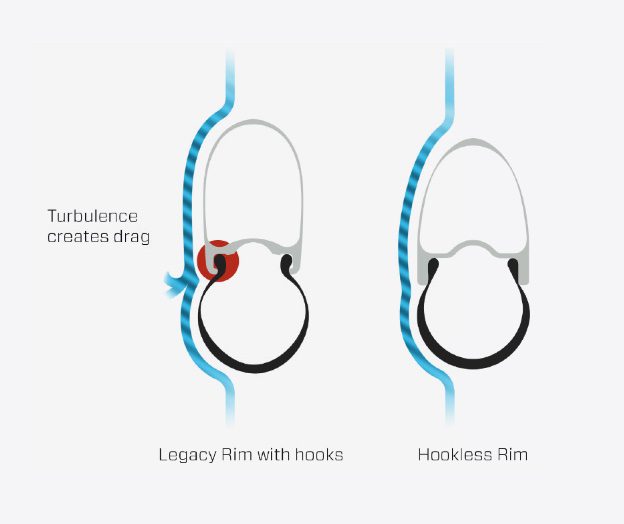Your next wheels will probably have hookless rims. Here’s why
Hookless rims appear to be on track to become the standard in the industry
 Photo by:
Cadex
Photo by:
Cadex
Yesterday we wrote about tubeless tires, and why you’re likely to be riding them in the future. Today we’re going to focus on hookless rims (pictured above is a hookless rim from Cadex), which is rapidly becoming the new standard on the wheel front.
What is a hookless rim
Here at Triathlon Magazine, we were first introduced to hookless rims a few years ago when Zipp launched its new 808 and 858 Firecrest wheel sets. (See below.)
Wheel manufacturers have been moving in this direction since the big push towards disc brakes allowed them to design rims that don’t have to function as part of the braking process. Hookless rims don’t have the bead that you’re used to seeing with regular clincher wheels. They are designed to work with tubeless tires. You can use a tube with these rims, but only combined with a tubeless tire. As the figure below demonstrates, these rims aren’t just lighter and easier to make because they don’t have the “hook” that you see in typical clincher wheels, they are also faster because the tires have less rolling resistance (we talked about that in our story on tubeless tires) and are more aerodynamic.

Benefits
Weight – hookless rims are lighter because they don’t require as much material.
Aerodynamics – as noted above, in addition to the reduction in drag because they are used with tubeless tires, there’s less turbulence because of the transition between the tire and the rim.
Cost – there’s less material in a hookless rim, but hookless rims have a straight channel, which makes them easier to make.
Wider tires – hookless rims are designed for wider tires, which will provide a more forgiving ride and, as we discussed in our tubeless tires story (see below), are actually faster.
Improved handling – According to Cadex, hookless rims “help create a more round tire shape that provides superior grip and handling as well as added sidewall support when cornering.
Negatives
Tire safety – After some major crashes at some major cycling events earlier this year, the UCI, cycling’s governing body, has been looking into measures and standards around hookless rims. The bead of a hooked rim allows the tire to be held in place in the case of a flat. That’s no longer an option. According to a number of studies, if you don’t pump your tires past the maximum tire pressure, this shouldn’t ever be a problem, but the UCI is studying tires and rim compatibility issues. They do appear to be completely safe – as long as you follow the manufacturer’s (both of the tire and rim) guidelines.
Choice – while there are lots of options out there, this is still relatively new technology, so there aren’t as many tire options. That’s especially true for narrower tires – most hookless tires are at least 28 mm wide and get bigger from there.
The future
A number of companies appear to be pushing hard on the hookless front – citing the improved aerodynamics, handling, comfort and cost benefits. Despite the controversy around the rims and tires in the pro peloton, as long as you follow the tire and rim guidelines you should be safe to take advantage of those benefits.
